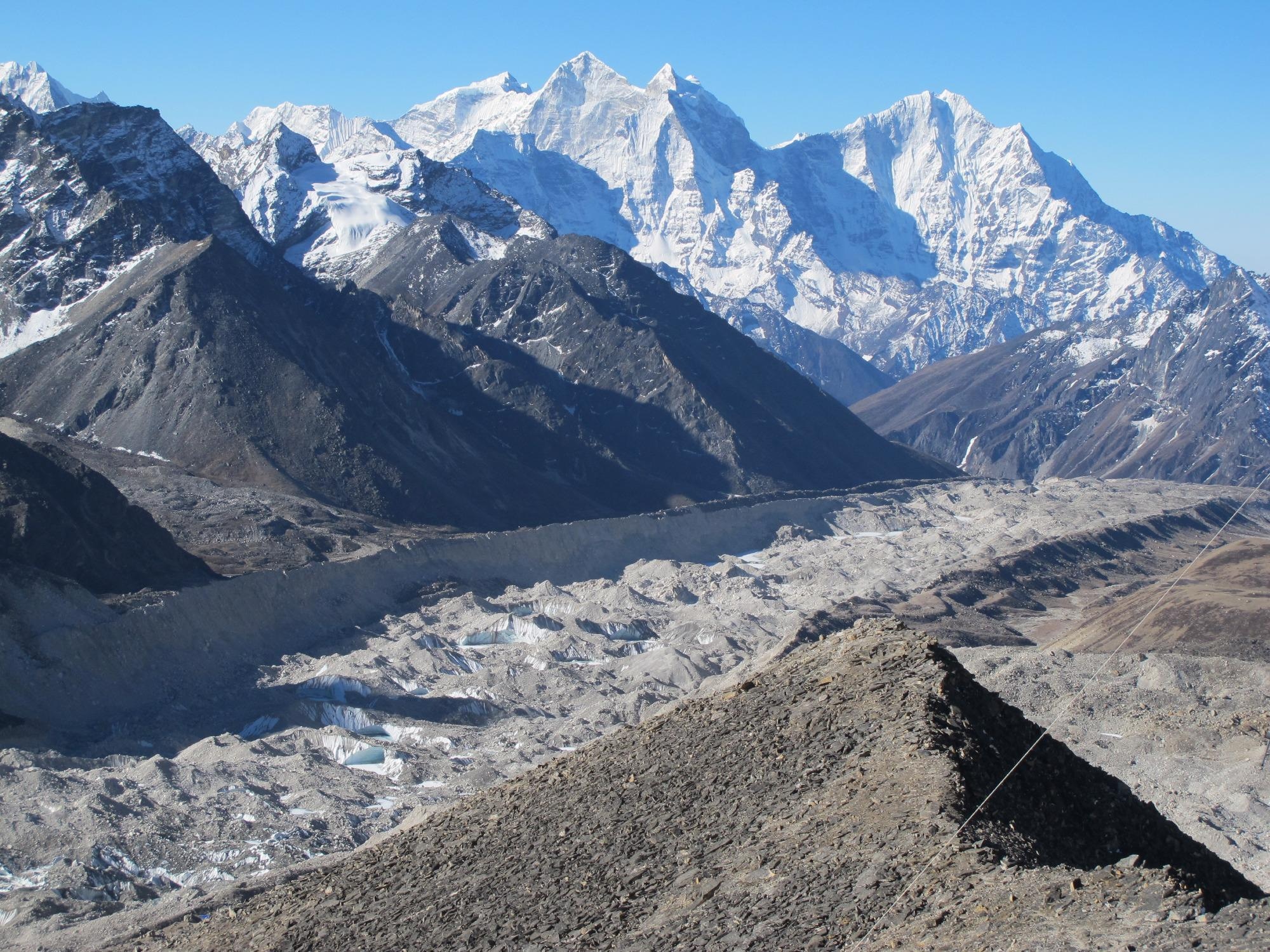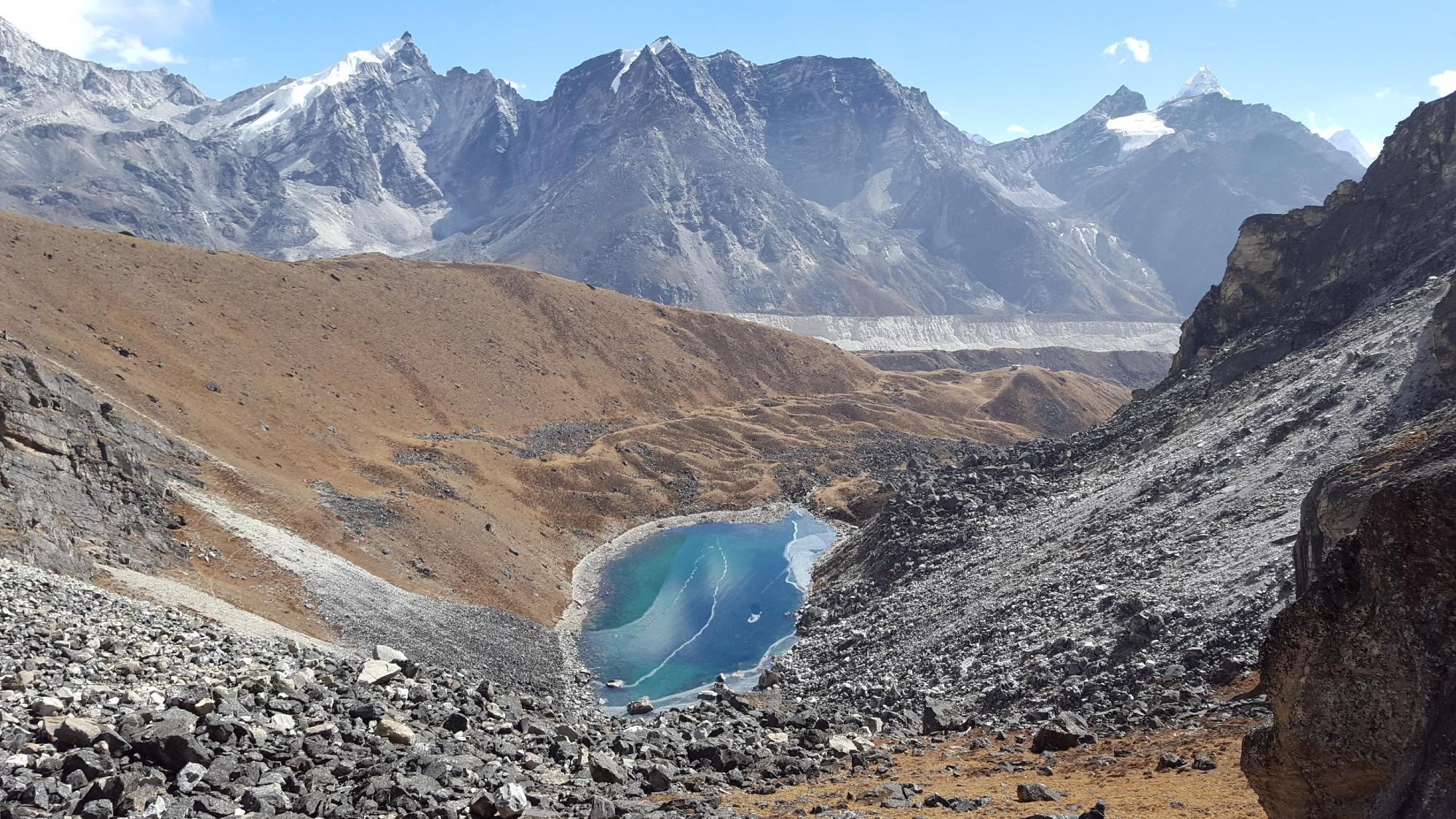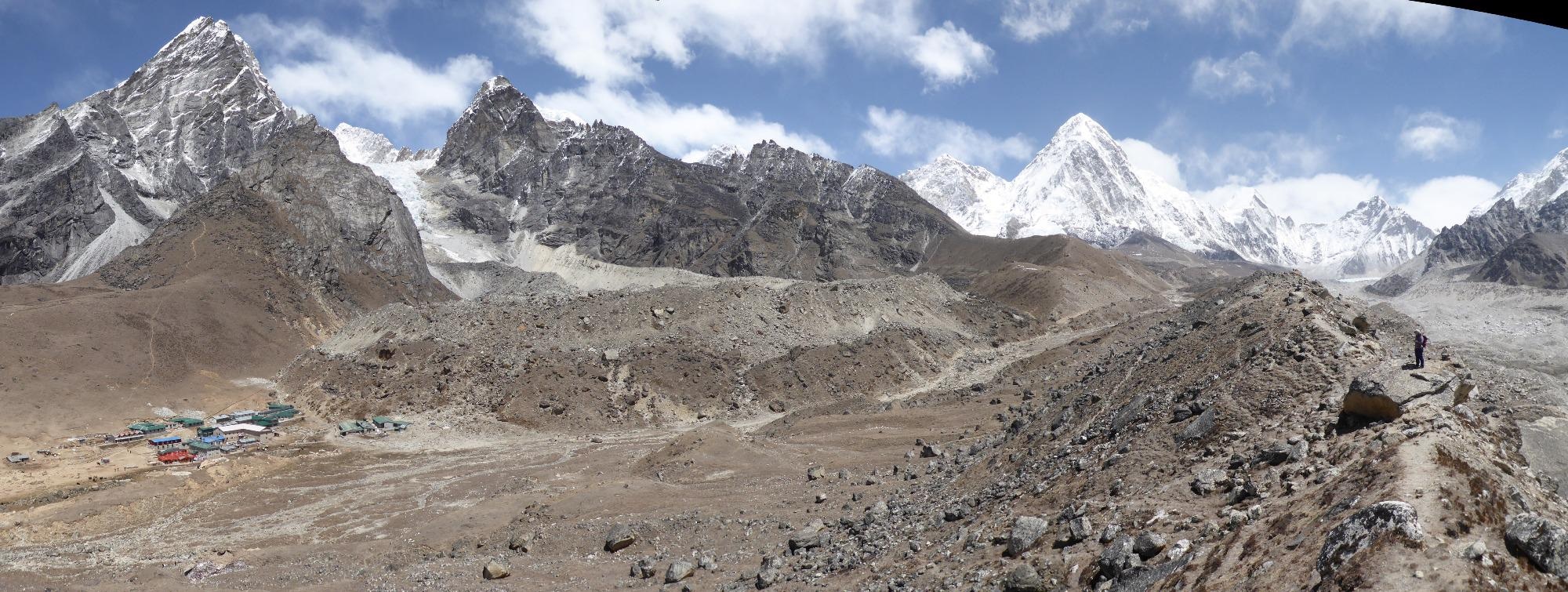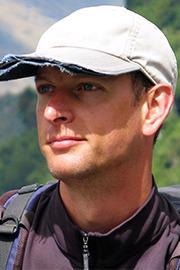AZoCleantech interviews Jonathan Carrivick from the University of Leeds about his research on the extent of Himalayan glacier melting. His team mapped ~15,000 Himalayan glaciers and found that they are melting at a greater rate than ever before.
How did you begin your research into Himalayan glaciers?
I have been working on and researching mountain glaciers for 20 years and I have always had a personal fascination as well as a scientific curiosity with the Himalaya, not least because they are the most important glaciers in the world as regards their immediate impact on society.
How did you carry out a reconstruction of the size and ice surfaces of 14,798 Himalayan glaciers during the Little Ice Age?
We noted where moraines, which are ridges of rock and sediment moved by glaciers that in the Himalaya are often tens or even hundreds of meters high, have been dated to the Little Ice Age (LIA). We mapped those dated moraine ridges using high-resolution terrain models and aerial photographs. We then mapped contiguous moraine ridges in neighboring and surrounding valleys, eventually covering ~15,000 glaciers in total.
This mapping gave us a conservative estimate of the past extent of the glaciers during the LIA. We then interpolated a past ice surface between the moraine crests on either side of each valley and differenced that from the elevation of each glacier today to derive a volume change.

The Khumbu Glacier tongue. Image Credit: Duncan Quincey/University of Leeds
What key findings came out of your study on the Himalayan glaciers?
The key finding is that the rate of change of Himalayan glaciers today (last few decades predominantly since 2000) is ten times greater than the long-term average rate of change since the LIA (over 400 to 700 years ago). That ‘order of magnitude’ acceleration in mass loss is the fastest of any glaciers in the world, for which reconstructions of LIA extent and volume have been reported.
What does accelerated melting of the glaciers mean for millions of people in Asia?
People of Asia use meltwater in the Ganges, Brahmaputra and Indus, amongst other major rivers, across society, for irrigation and hydropower, for example. Accelerating ice loss means it is increasingly difficult to adapt as meltwater might increase with melt, but then subsequently decrease with continual loss of the glacier ‘reservoir’. Faster change is also likely to result in greater landscape instability, so risk of landslides, avalanches, and floods.
Are there any strategies that could help slow down the melting?
The melting is undoubtedly a result of climate change, and if the glaciers are changing here so fast then it implies very strongly that the climate is changing very fast too. However, climate (for glaciers) is primarily air temperature but also precipitation, and precipitation patterns across the Himalaya are complex. Precipitation (its amount, and whether it is snow or rain) depends on temperature. Furthermore, our research shows a strong influence of glacier surface debris and glacier lakes on melt rates, so unraveling the causes, which is necessary to develop strategies, is extremely difficult.
What effect has human-induced climate change had on the glaciers in the last few decades?
I cannot answer this I am afraid. We know the glaciers are melting very fast and we have quantified this in our paper for the long-term and compared it to others’ work on changes in the last few decades.

Lobuche moraines - this image illustrates the walls of rock and sediment called moraine ridges, which delimit the former extent and elevation of the glaciers. Image Credit: Duncan Quincey/University of Leeds
What does the future look like for the Himalayan glaciers?
There are studies that have calculated that meltwater from mountain glaciers will increase with melt in the next few decades, but then subsequently decrease with continual loss of the glacier ‘reservoir’. My own research interest is that the diminishing glaciers also progressively reveal a landscape that is unstable and evolves fast with meltwater and sediment redistributions, which should concern hazard managers, natural resource managers, and those interested in terrestrial and freshwater habitats.
How will this study help researchers and policymakers going forward?
I hope that it raises the profile of the pace at which changes are occurring and that they are unprecedented at any time since the Victorian era, some 400 to 700 years ago. In other words, society has never had anything like this to adapt to before.

Lobuche and Khumbu moraines. Image Credit: Martin Kirkbride/University of Leeds
Do you have any further research you can discuss?
I have conducted a similar analysis of long-term (since the LIA) rates of change of glaciers in various parts of the world (Southern Alps of New Zealand, NE Greenland, W. Greenland, Peru) and these are truly spectacular and immense landscapes impressive in their expanse and relief. Yet that imposing image belies a fragility, and whilst society might find them hard to access and hard to utilize, the importance of them is profound farther downstream; what happens in the mountains affects us all, immediately and with long-lasting consequences. So, I focus my research on proglacial landscapes, lakes, rivers, and sediment movements.
Where can readers find more information?
https://thesciencebreaker.org/breakers/jonathan-l-carrivick
https://onlinelibrary.wiley.com/doi/abs/10.1111/gto.12094
https://onlinelibrary.wiley.com/doi/10.1111/j.1365-2451.2011.00800.x
There are lots here about glaciers, some of which I have contributed to writing: https://www.antarcticglaciers.org/
About Jonathan Carrivick
 I am Deputy Head of School, School of Geography, University of Leeds. I have worked there for 15 years.
I am Deputy Head of School, School of Geography, University of Leeds. I have worked there for 15 years.
I teach at all levels of the curriculum and supervise research students (over 20 completed to date). I am presently working on the UK NERC-funded Pegasus project (Peru glaciers) and the Norwegian research council-funded JOSTICE project about the Jostedalsbreen ice cap. More information can be found at:
https://environment.leeds.ac.uk/faculty/staff/1012/dr-jonathan-carrivick
https://www.antarcticglaciers.org/
Disclaimer: The views expressed here are those of the interviewee and do not necessarily represent the views of AZoM.com Limited (T/A) AZoNetwork, the owner and operator of this website. This disclaimer forms part of the Terms and Conditions of use of this website.